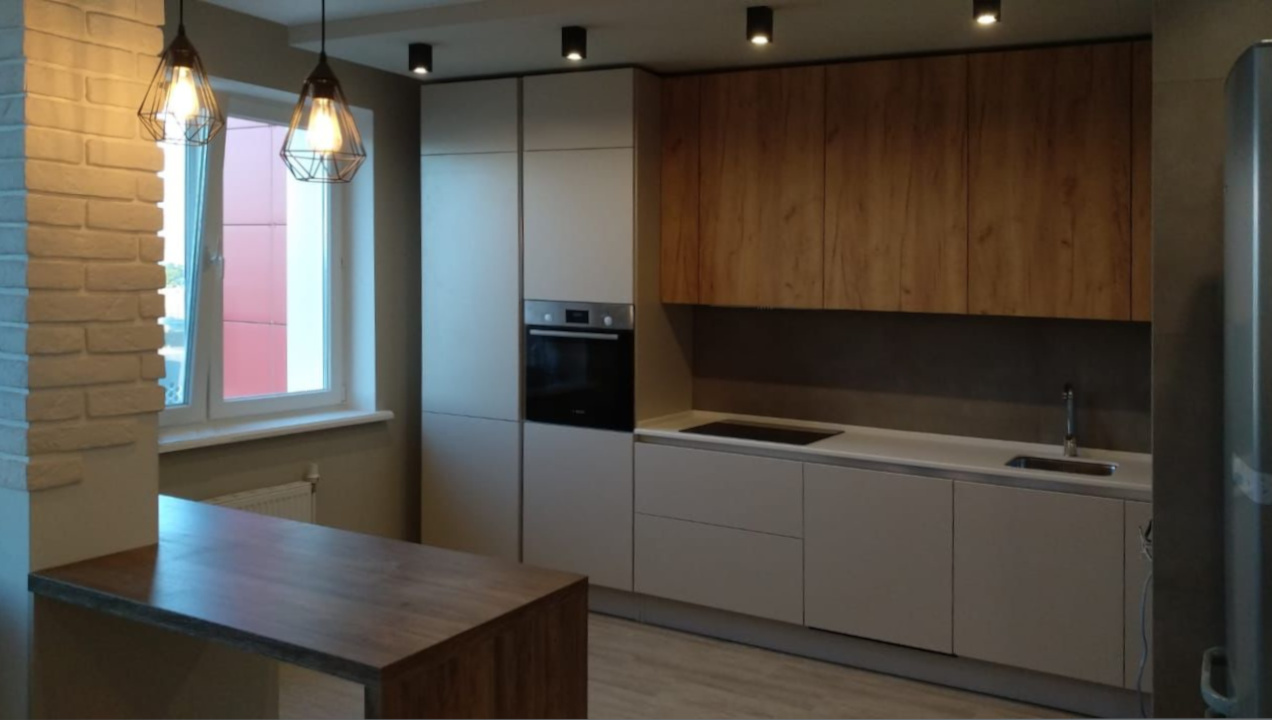Culinary Spaces Redefined: Innovating the Kitchen Experience
The Evolution of the Kitchen Space
Kitchens have traditionally been rooms of utility, designed primarily for the preparation and cooking of food. However, in recent years, we've seen a dramatic shift in how homeowners and designers approach these culinary spaces. No longer just a place to cook, the modern kitchen has become the heart of the home, where functionality meets conviviality, technology meets tradition, and design meets innovation.
The Emergence of Smart Technology
The integration of smart technology has revolutionized the way we interact with our kitchens. With the touch of a button or the sound of a voice, we can now control appliances, adjust lighting, monitor energy consumption, and manage grocery lists. The innovative use of tech aids in creating a more efficient and personalized cooking experience, blurring the lines between chef and gadgetry.
Multipurpose Layouts and Designs
As home designs become more fluid, kitchens are adapting to serve multiple purposes. Today's culinary spaces are not just for cooking but also for dining, entertaining, and even working. Open floor plans and multipurpose kitchen islands are on the rise, encouraging interaction and a communal atmosphere. The focus is on creating a versatile environment that can cater to a variety of activities throughout the day.
Sustainable Practices and Materials
With a growing awareness of the environmental impact of our homes, sustainability has become a cornerstone of kitchen design. From energy-efficient appliances to eco-friendly materials like bamboo and reclaimed wood, sustainable choices are redefining the aesthetics and functionality of modern kitchens. These environmentally minded decisions not only reduce the carbon footprint but also create a healthier space for food preparation and enjoyment.
Community and Social Connection
Gone are the days when the cook was isolated in the kitchen while guests mingled elsewhere. The redefined culinary space promotes a sense of community and togetherness, with design elements such as open shelving, communal tables, and cozy nooks that encourage interaction and connection. As kitchens become a hub for socializing, they foster a more inclusive and engaging environment for family and friends to gather and create memories.
Conclusion: The Future of Culinary Spaces
As we embark on a new era of home design, the role of the kitchen continues to evolve. It is a place of creativity, comfort, connection, and technological advancement. By redefining culinary spaces, we are not only transforming our physical surroundings but also the way we live our lives at home. The kitchen of the future is an innovative, adaptable, and sustainable space that reflects our changing world and the endless possibilities it holds.
